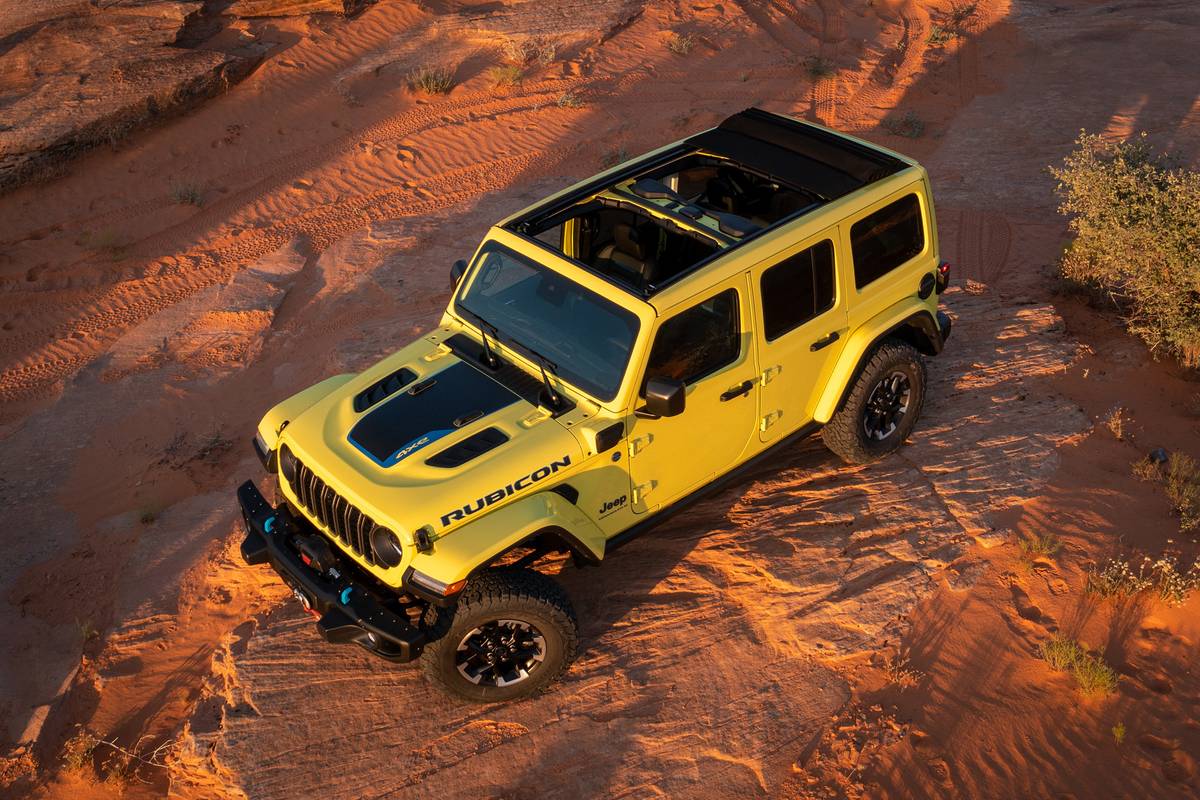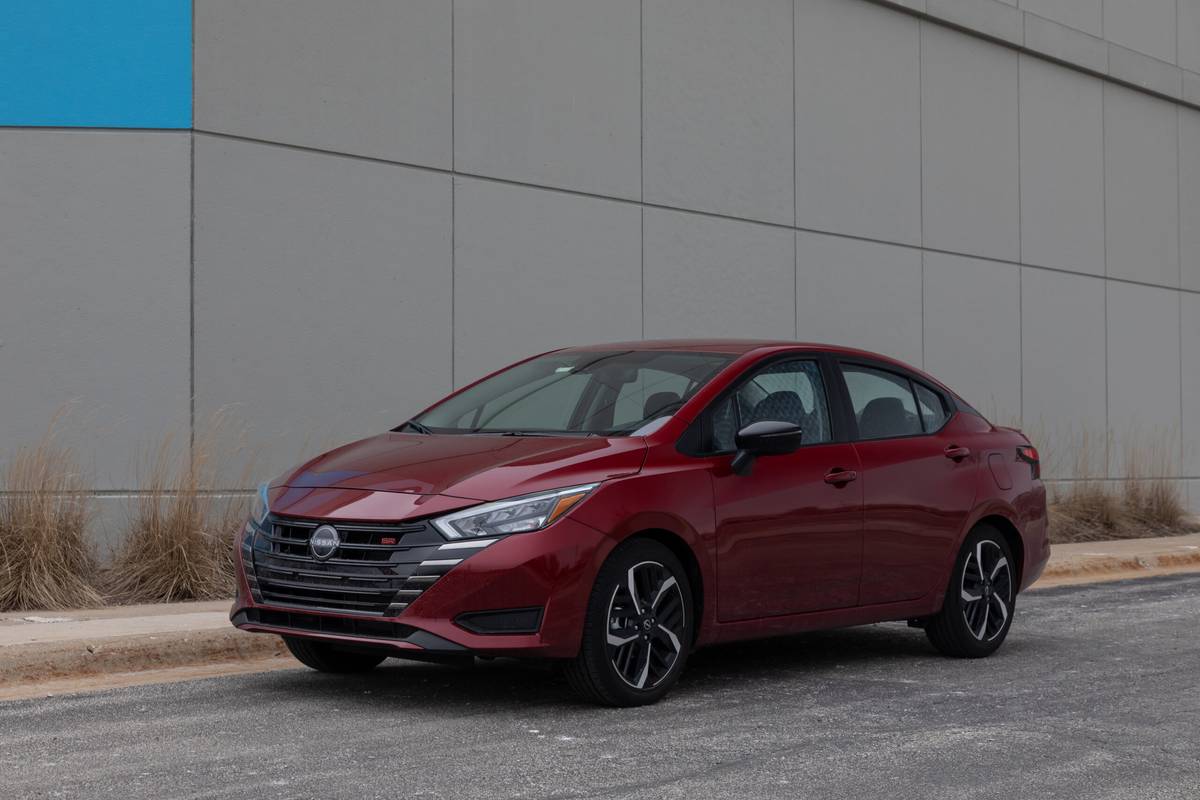AZCentral.com's view
Liberty looks like a Jeep, with round headlights and the classic, slotted grille that harks back to World War II. And it goes like a Jeep, crawling over boulders or up rocky grades with aplomb. But Liberty also does something that’s very unlike a Jeep, at least not like the Wrangler that it resembles or the Cherokee that it replaces. What it does is cruise the highway just as well as it bashes along trails.
All new for 2002, Liberty seems to fall in line with the current generation of compact SUVs, such as Toyota RAV4 or Ford Escape. But unlike those car-based sport utilities, with their limited off-highway abilities, Liberty is a full-fledged boondocker with a rugged four-wheel-drive system.
Liberty is also a great improvement over the Jeep it replaces, the venerable Cherokee, the granddaddy of all SUVs. After nearly two decades, Cherokee shows its age in many respects: jouncy ride, mediocre handling, cramped and stodgy interior. About 7 inches longer than Cherokee, Liberty has more space for people and baggage in a stylishly trimmed interior. Maybe too stylish, for those attuned to Jeep’s rugged image. It may look tall and tippy, but Liberty’s handling and cornering are quite stable, making it easy to drive in urban and suburban settings, where SUVs spend most of their lives.
Liberty’s stiff “uniframe” body assembly, Jeep’s first rack-and-pinion steering and independent front suspension, and coil springs, combine to provide refined highway manners and impressive prowess off the beaten trail.
The rack-and-pinion steering is a major advance, precise and responsive. On the trail, weaving around rocks, ruts and other obstacles, the excellent steering was appreciated. None of the unpleasant kickback associated with rack and pinion.
I took the Jeep down a nasty stretch of dirt road north of New River. It’s a disintegrating trail that seems more attuned to keeping people out. Not only did Liberty ace the nasty stuff, including deeply washed-out sections and steep, boulder-strewn inclines, it kept the four people on board relatively isolated from most of the shocks and shudders. Best of all, the CD player didn’t skip a lick. Now that’s technology!
The test truck was equipped with optional Selec Trac four-wheel drive, engaging all four wheels automatically when needed. Or the driver can choose regular high- or low-range, full-time, four-wheel drive, or leave it in rear-wheel drive for regular driving.
Back on the road, Liberty’s styling provoked many approving looks, with most people recognizing the Jeep family resemblance.
Here’s a good feature: When you open the left-hinged swinging tailgate, the upper, glass portion automatically swings upward. This works really well. You can open the glass alone by remote.
Liberty’s base engine is a 150-horsepower four-cylinder, with an all-new 215-horsepower V-6 available as an optio n, with automatic optional on the V-6. The test car was equipped with the V-6 and automatic, which gave it plenty of strength and acceleration, as well as quiet cruising.
Starting price is just over $17,000 for the two-wheel-drive, four-cylinder base model. But since the Liberty weighs in at about 2 tons, I’d recommend ponying up the extra cash for the six-cylinder.
That heft also results in mediocre gas mileage. This is where the lighter, car-based SUVs have the advantage. Liberty’s tonnage also can be felt under braking.
The test Jeep was the top-drawer Limited Edition model, loaded with options, including a luxury package priced at a significant $2,945 that included Selec Trac, leather, full power features, upgraded stereo, trip computer and security system. Also on the test model: four-wheel anti-lock brakes, $600; power sunroof, $700; side airbags, $390; heated front seats, $250; and that fine CD changer, $475.
Liberty succe n several fronts: style, comfort, highway drivability and off-highway prowess. Best of all, it succeeds at upholding its Jeep heritage.
Latest news



